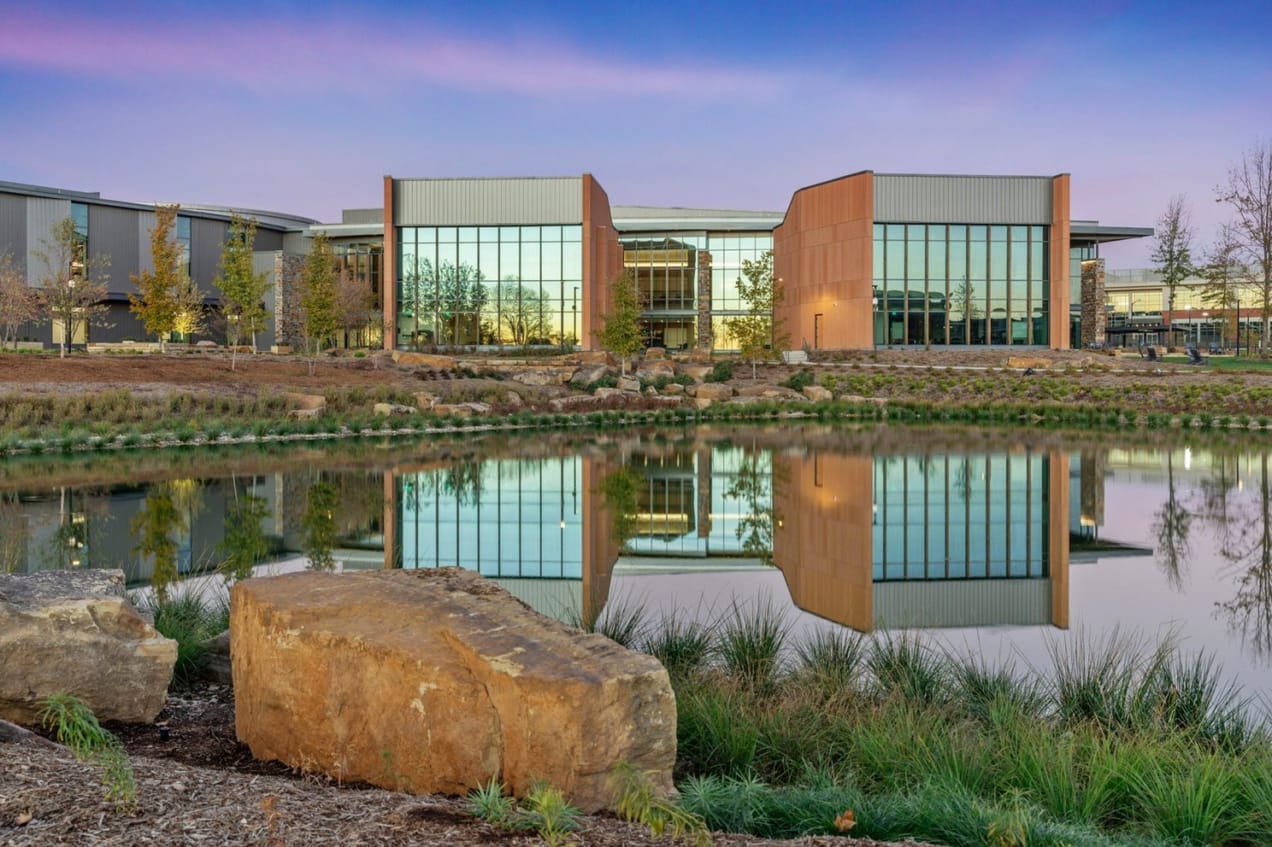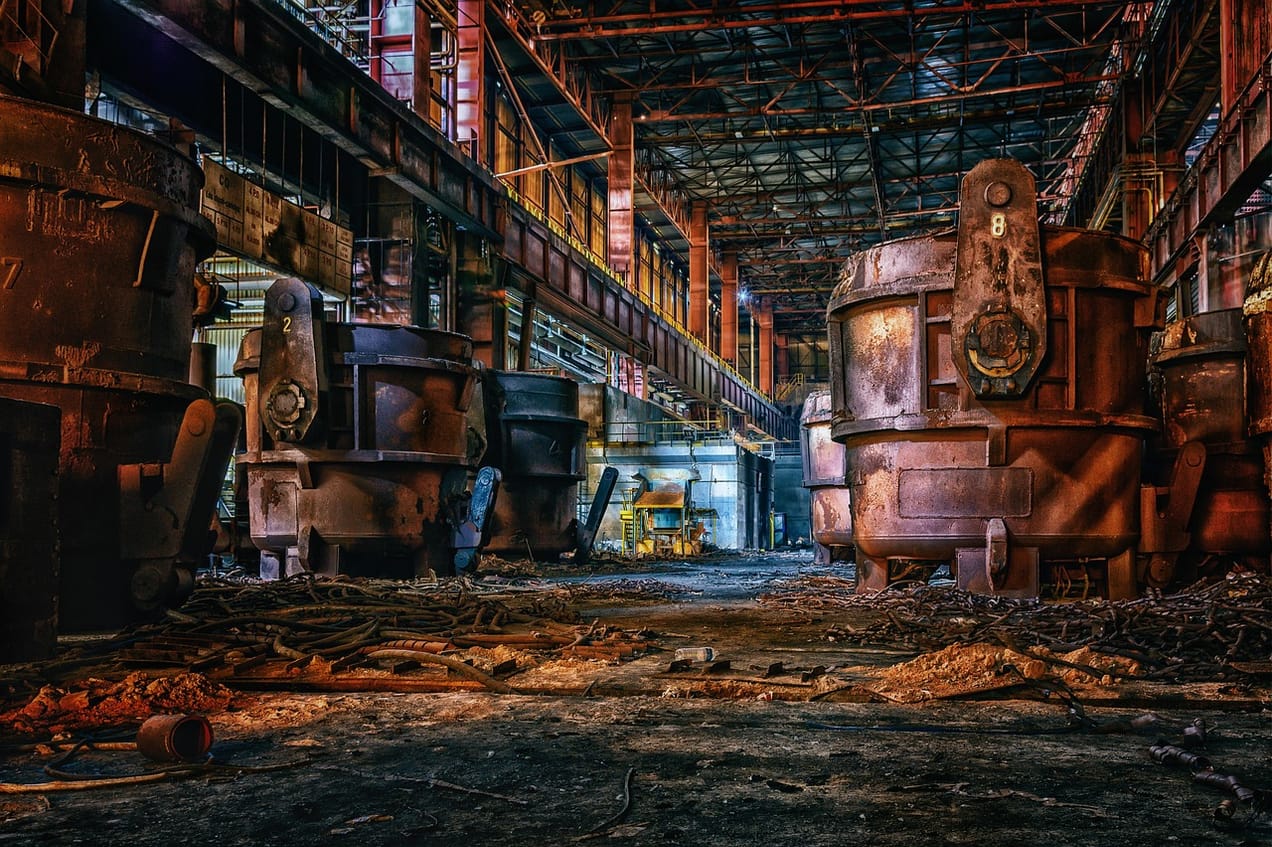
Alternatives to coming in like a wrecking ball
When buildings are no longer fit for their original purpose, do they actually need to be demolished?
Summary: Supertech’s illegal twin towers in Noida Residents were demolished on August 28th following a Supreme Court ruling that the towers were constructed in violation of the UP Apartments Act 2010. Supertech believed that they had full approval in 2019 “strictly in accordance with the then prevailing byelaws.”
Why this is important: Securing the right approvals is obviously key in any construction but also careful thought about what we do with buildings once they have reached the end of their useful life - even if that comes before completion! - can have big implications for impact on the environment.
The big theme: The built environment is an important sustainability theme, both as an integral part of societal existence but also a major decarbonisation (40% of energy-related GHG emissions) and resource consumption problem (40% of global raw materials) that needs investor attention. Including residential and commercial buildings, communal areas such as parks, and supporting infrastructure such as energy networks, mobility, and water supply, it can have significant impacts on our health, well-being and equity & inclusion.

The details
Why this is important
Yes, we loved the photo, and buildings being demolished make for dramatic TV, but the story raised an important question for us - why do we seem to so willingly accept buildings being demolished to be replaced by “something more modern”, rather than pushing harder for refurbishment. After our decades working in the City of London, it can sometimes feel as if most of the city has been demolished and then rebuilt (we know that’s not true by the way). As engineers we get that building codes and planning rules are really important, but ultimately it's the tenant that decides. Are we missing a trick by demanding energy efficient buildings, as defined by what we need to spend to use them in comfort, rather than the whole life emissions?
The built environment is an important area of focus for sustainability. It represents over one third of global final energy use, generates nearly 40% of energy-related GHG emissions (which in themselves are 75.6% of total GHG emissions) and consumes 40% of global raw materials.
It is predicted that by 2050 more than two-thirds of the world population will live in urban areas putting upward pressure on those built environment numbers, all else being equal.
Embodied carbon contributes about 8-10% of global emissions compared with the aviation industry which contributes roughly 2-3%.
What other issues does this raise?
In this particular case, there was debate surrounding the buildings approval process. Is a rethink required that takes a more holistic view of planning, rather than on a building by building basis taking into account infrastructure and services? Although we may hate planning rules and regulations, used wisely they can be an important tool for cities and communities to ensure that they get the sustainable urban environment that they desire.
A similar demolition in the municipality of Maradu in Kerala two years ago offers clues to potential issues. One resident claimed that cracks had appeared in the roof of his house as a result of the controlled implosion that demolished the Alfa Serene twin apartment block, while another said his neighbour died from Covid-19 complications while waiting for INR4m ($60,000) compensation. Dust from the rubble and that needs to be cleared from the site, to make way for the next construction can linger in the air causing pollution and exacerbating conditions such as asthma. The Central Building Research Institute has installed black boxes in the towers to obtain data to help design future demolitions.
When buildings are no longer fit for their originally intended purpose, do they actually need to be demolished? Citigroup chose not to demolish its 42-storey skyscraper in Canary Wharf and instead opted for a retrofit, thereby saving potentially 100,000 tonnes of embodied carbon.
On the flip side, staying with London examples, the retailer M&S was recently given consent to demolish its iconic art deco building in Oxford Street London, despite the plans being at odds with the mayor's own climate change commitments.
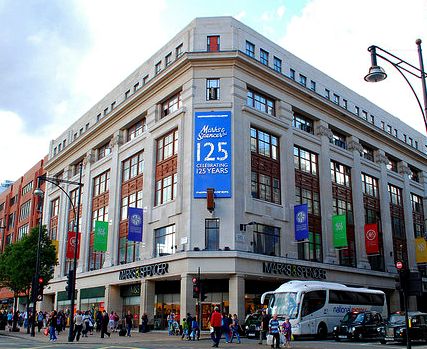
There are a number of ways in which the footprint of the built environment can be reduced - from planning and design, to thermal efficiency and material usage. We shall cover these in a later blog.
Finally, a joint report from Impact on Urban Health and the Centre for Low Emission Construction (CLEC) highlights that whilst major historical emitters of PM10 particles have significantly reduced their output…
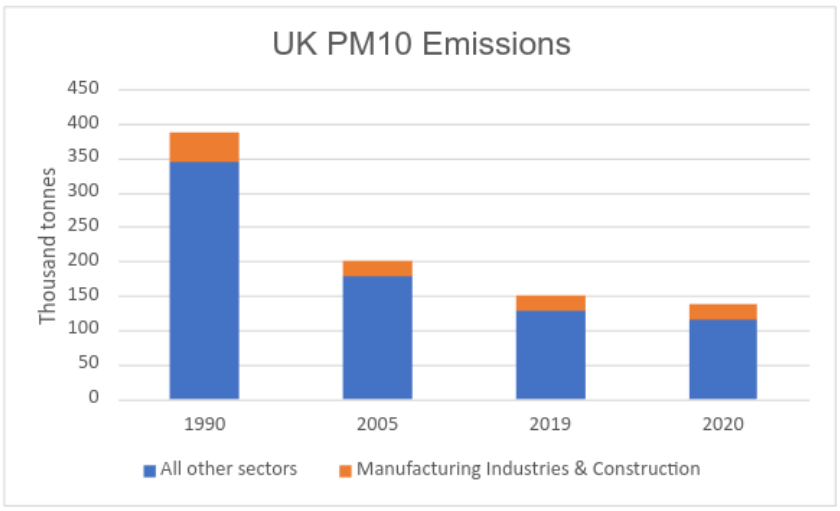
… the construction industry has largely remained unchanged since the early 2000s and hence its share of emissions has actually been rising.
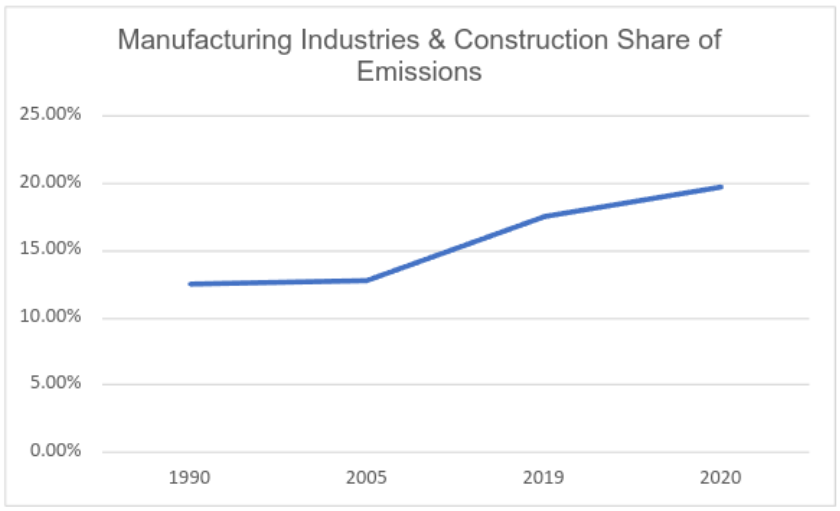
The report calls for the construction industry to improve air quality at its sites, aligned with net zero efforts, and for pollution reduction targets to be introduced.
Air pollution caused by the construction sector is a leading cause of premature deaths in the UK. In London, for example, construction is estimated to be responsible for around 30% of PM10 in London’s air.
From a health and well-being perspective, we have previously highlighted the impact of particulate matter not only on respiratory illnesses but also as a catalyst for cancers. The 67 percent reduction in particulate matter emissions from other sectors in the past 15 years in the UK shows what can be done, so the measures called for in the study will be welcome. Rather than demolition and rebuild, where possible refit and reuse is preferable for buildings that are no longer fit for purpose. Modular construction or holistic construction as well as timber construction could all make repurposing buildings easier.
Something a little more bespoke?
Get in touch if there is a particular topic you would like us to write on. Just for you.
Contact us
Please read: important legal stuff.
